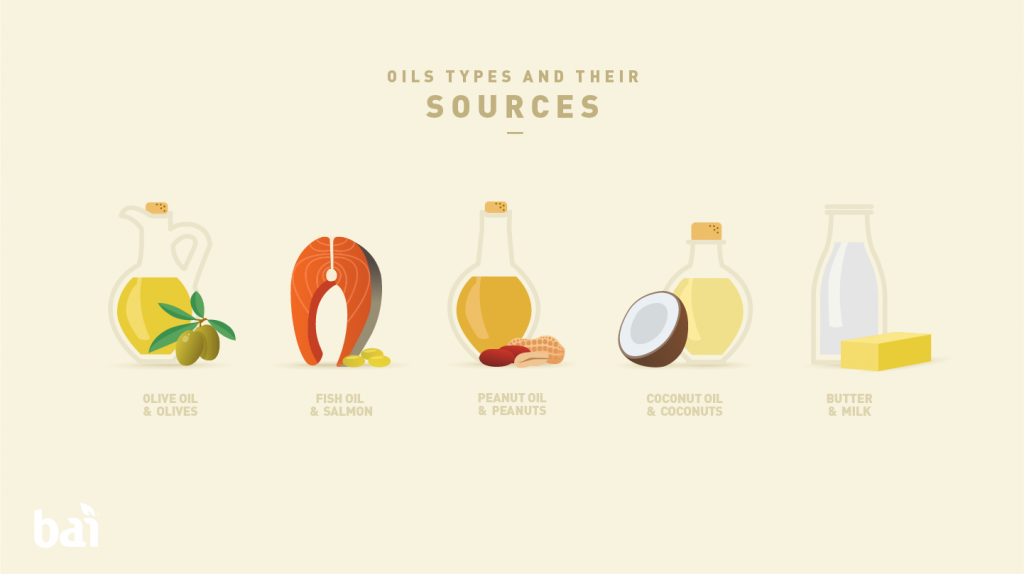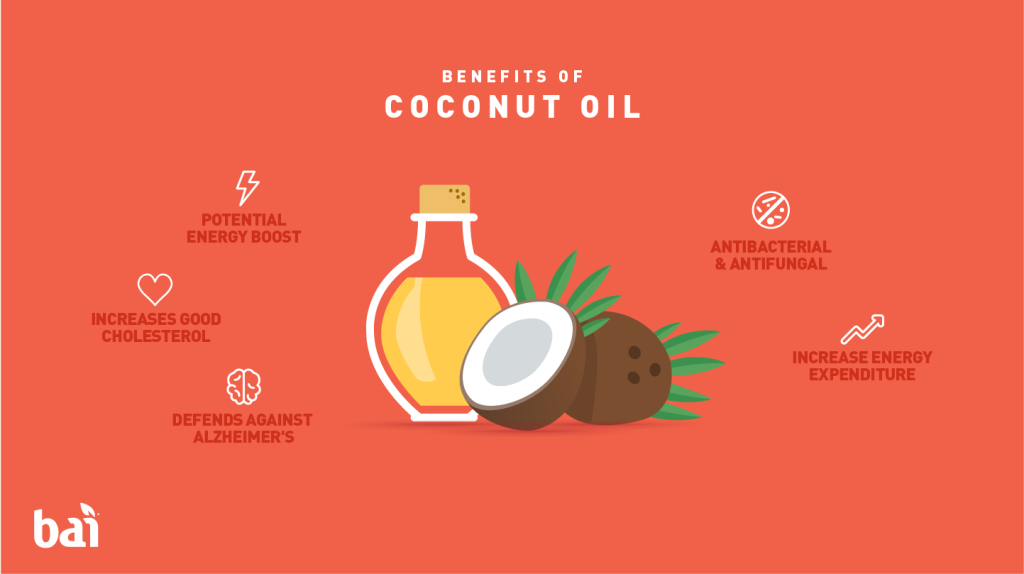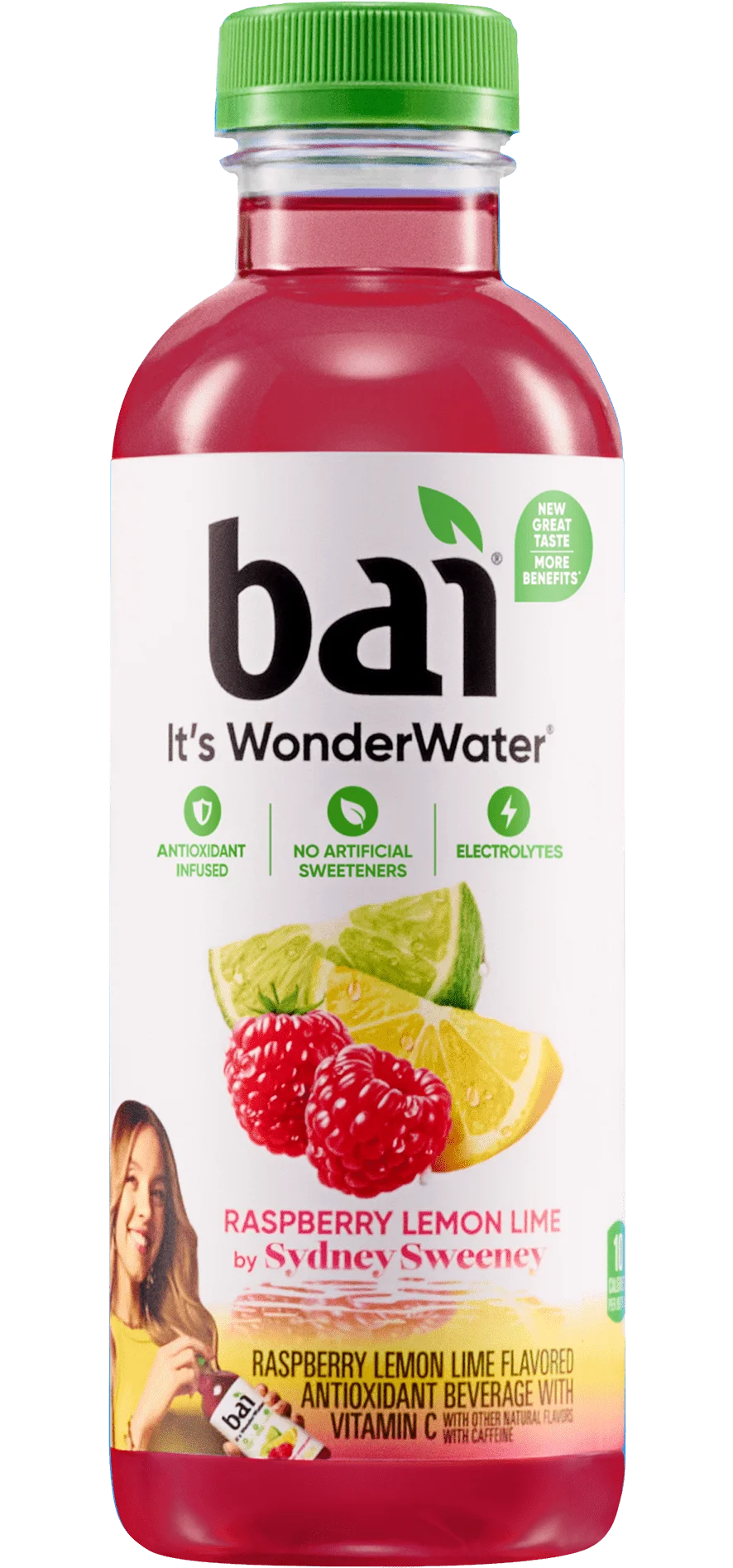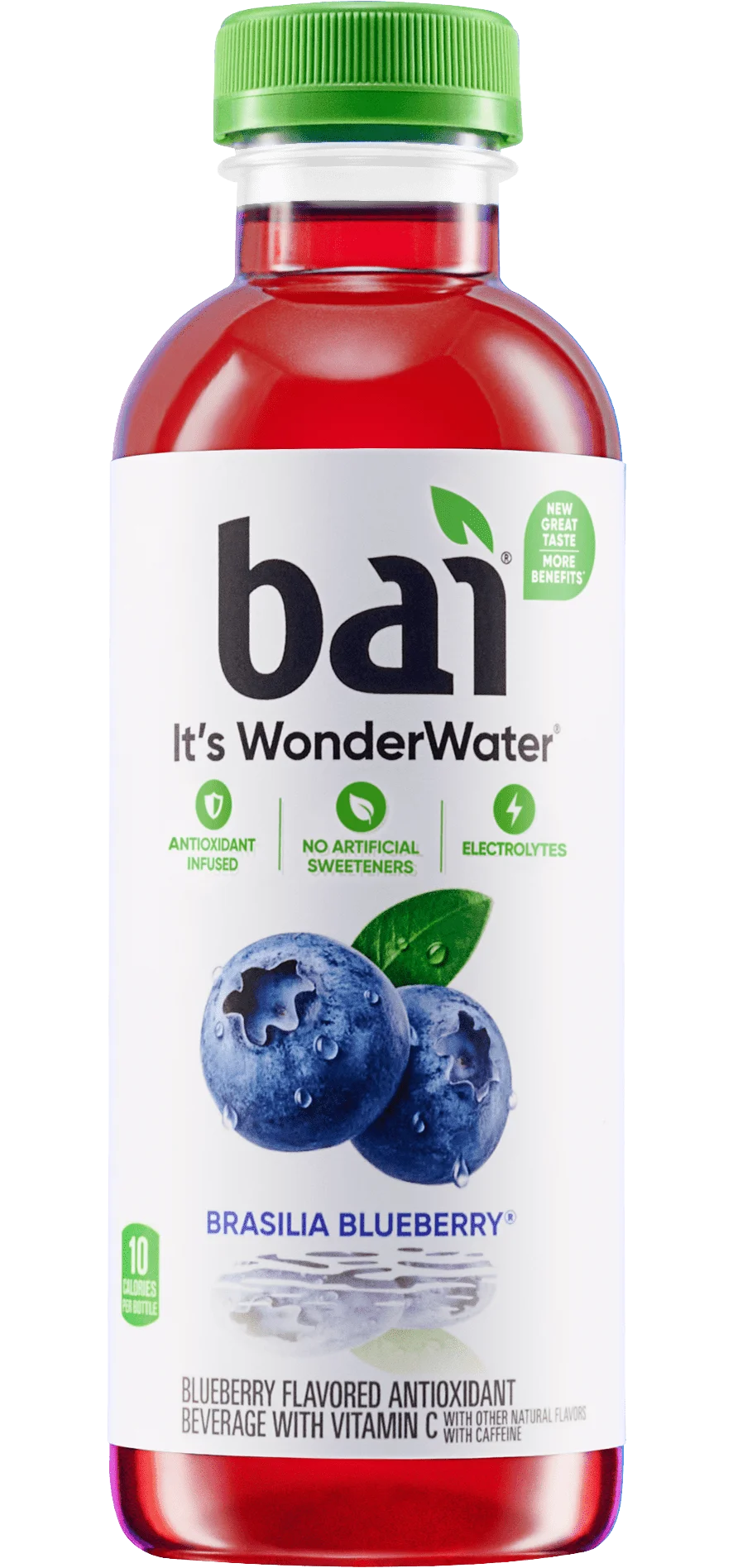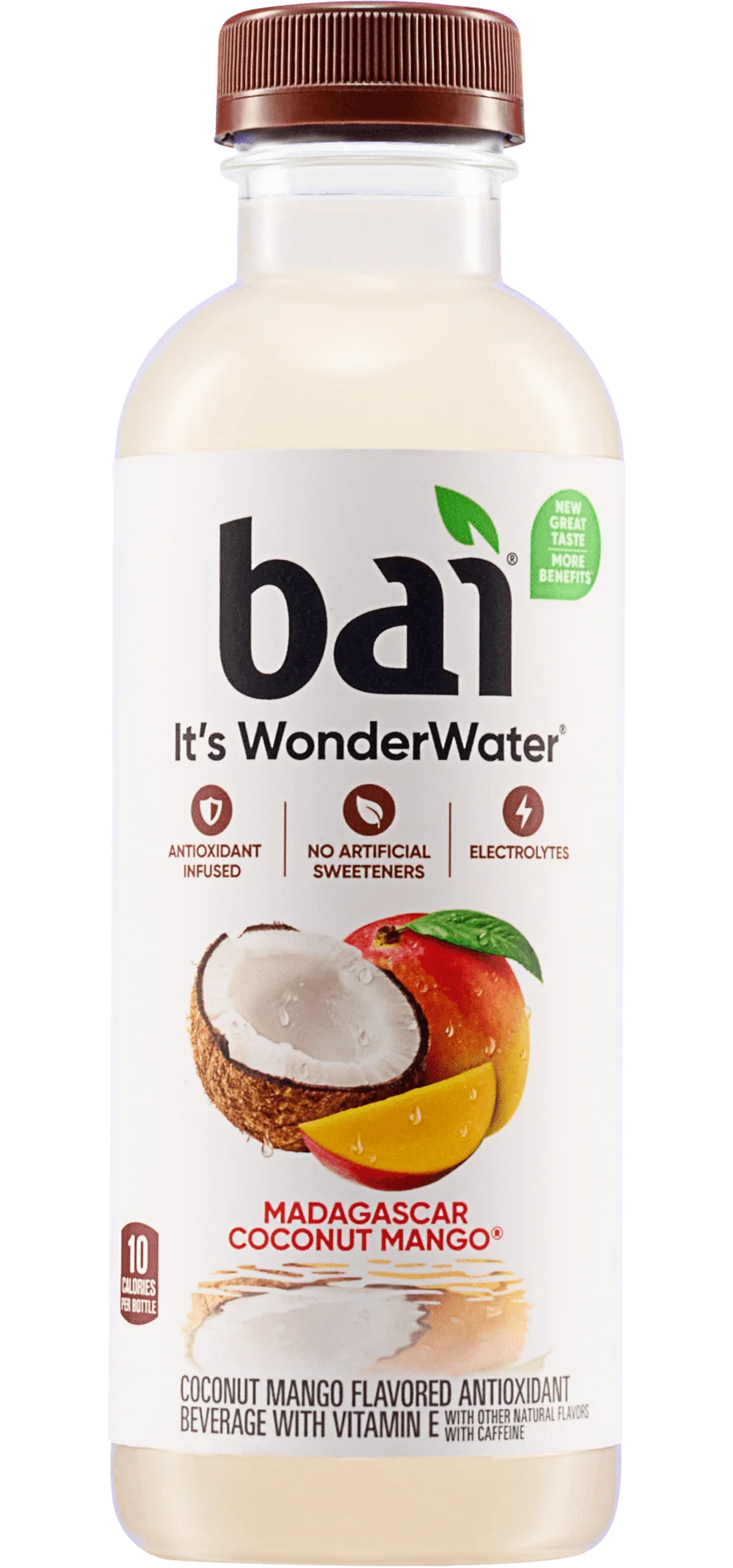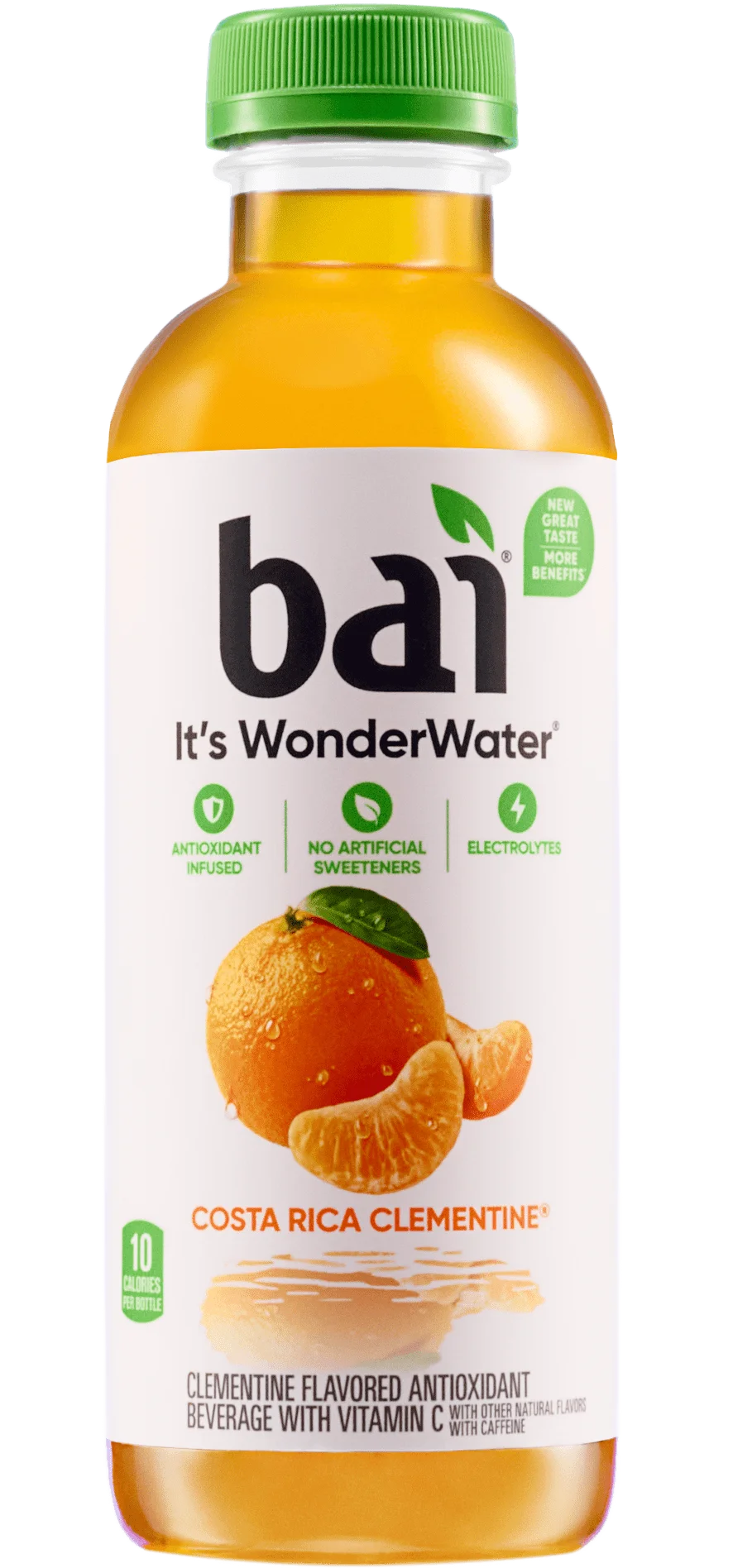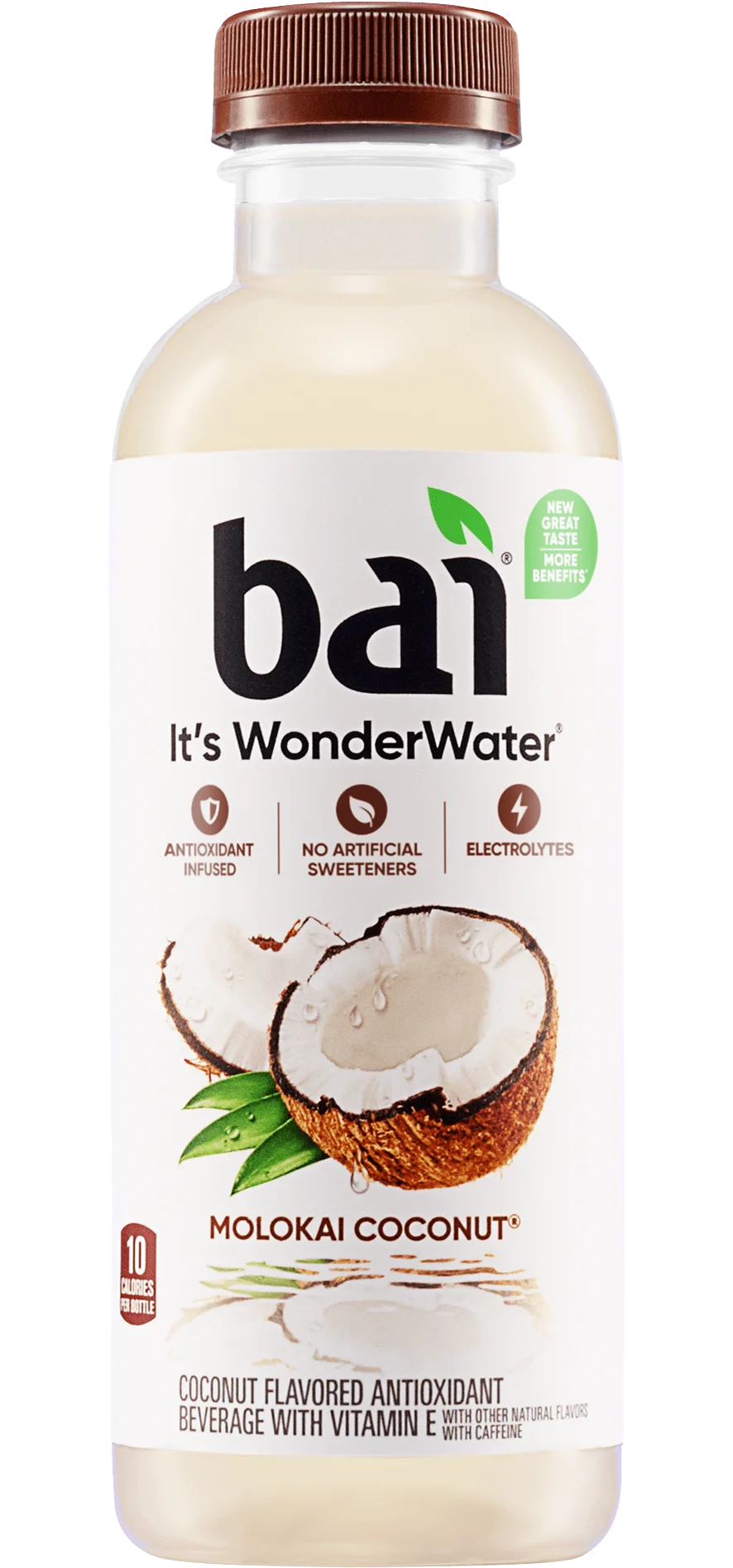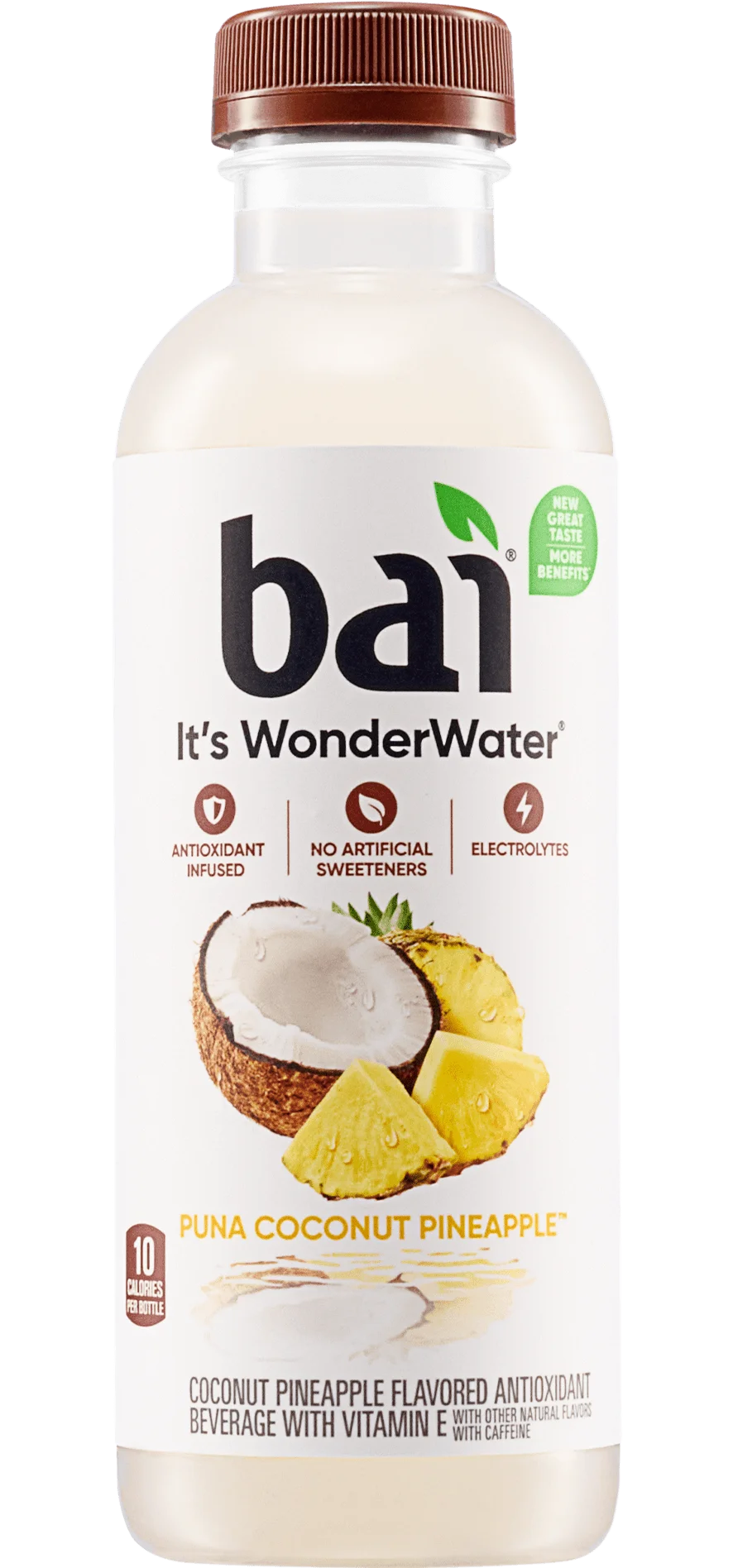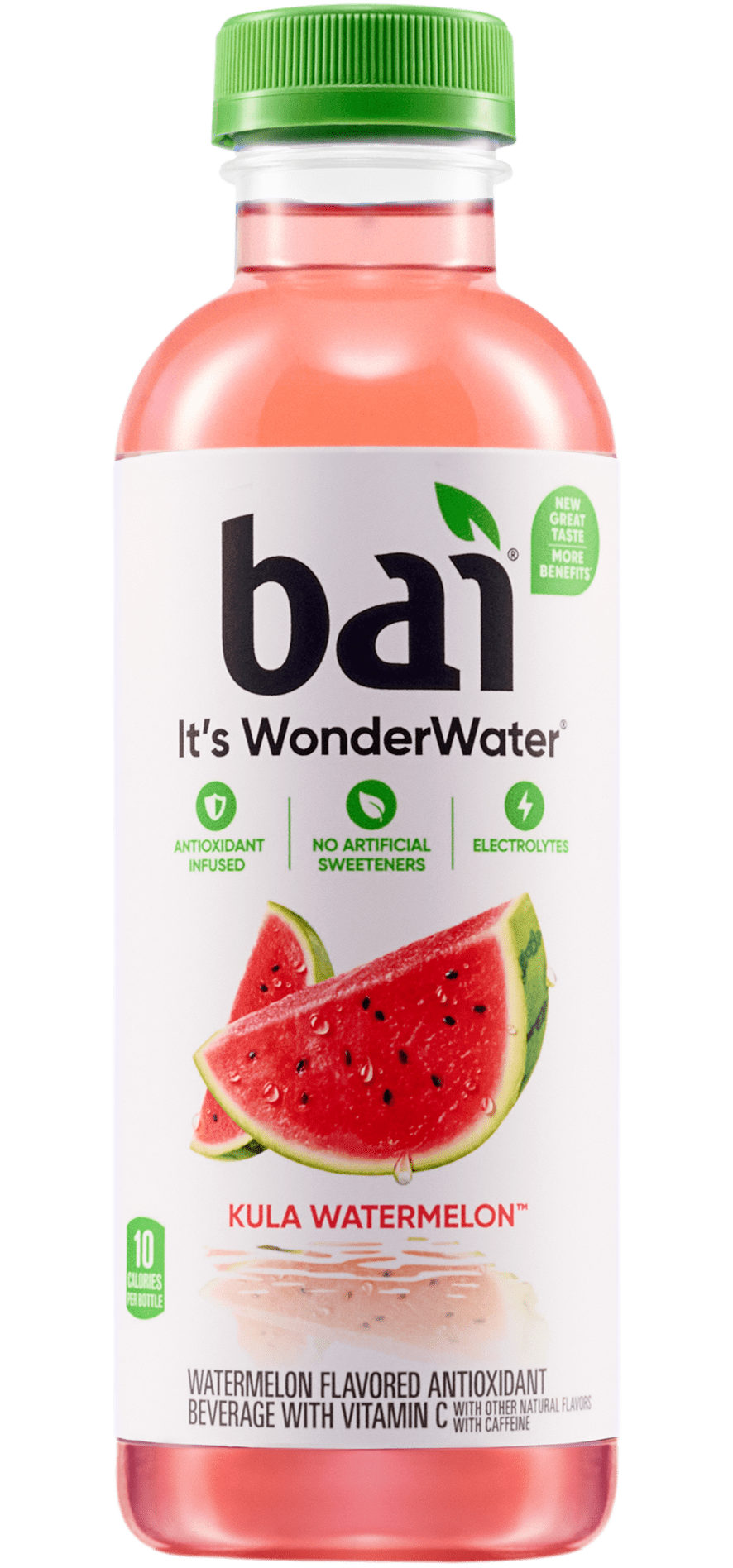You might associate different fats and oils with different food types. Peanut: Thai. Olive: Italian. Sesame: Chinese. Coconut: healthy? But these fats have differentiating properties other than taste. Some are better for cooking with, some are better for drizzling, and some are just flat-out super for you. We’re about to slather you in some slick info.
First Of All: Why Fats?
Your number 1 order of business: stop giving into the ‘fat-free’ diet fad. Low-fat and fat-free foods are sneaky little buggers. The low fat content is almost always compensated for with added sugars, thickeners and weird emulsifiers. Plus, fats are a necessary component of a healthy diet; they maintain the integrity of your cells (aka ward off signs of aging, and who doesn’t want that?), help you absorb certain vitamins, are a necessary part of hormones, insulate your body and more. But not all fats are created equal.
Smoke Point
As the name implies, an oil’s smoke point is the point at which it begins to burn, thus creating smoke. Other than the acrid taste it leaves on the food you’re cooking in it (which is sacrilege in itself) burnt oil can be dangerous. When the integrity of the fat becomes especially compromised, it becomes reactive. Meaning it can react with, and cause damage to, your cells. Smoke points of oils are part of the reason why people with cardiovascular issues are advised to stay away from charred meats- the burnt fats in them can cause free radical damage on arteries. All of this can be avoided by cooking with oils with higher smoke points and leaving more delicate oils for cold uses like salad dressings, marinades, or even a quick sautee. And also by not cranking the heat on the stove up as high as possible to get cooking over with ASAP. We know you’re hangry, but patience is key.
- Oils With High Smoke Points:
- Avocado Oil: 520F
- Safflower Oil: 510F
- Soybean Oil: 495F
- Peanut Oil: 440F
- Oils With Medium Smoke Points:
- Sesame Oil: 410F
- Vegetable Shortening: 360F
- Coconut Oil: 350F
- Butter: 350F
- Oils With Low Smoke Points:
- Hemp Seed Oil: 330F
- Extra Virgin Olive Oil: 325F
- Flaxseed Oil: 225F
- Unrefined Sunflower Oil: 225F
Omega 3s and Omega 6s
Omega 3s and 6s are necessary (meaning you have to get them from your diet since your body can’t make them itself) unsaturated fatty acids. Unsaturated fats, like most plant oils, are liquid at room temperature. Omega-3 fatty acids are widely known to have anti-inflammatory effects, which can be beneficial in preventing cardiovascular disease, diabetes, atherosclerosis and more. If you regularly treat yourself to fatty fish or flax, chia or hemp seeds, you’re likely killin’ the omega-3 game. Omega-6s are also necessary for brain function and overall bodily repair. But a diet high in omega-6s isn’t as recommended as one in 3s because they can actually promote inflammation in high doses. Foods high in 6s, like poultry, eggs, and most vegetable oils, are still a part of a healthy diet. Just keep your 3:6 ratio high.
Saturated and Trans-Fats
Saturated fats and trans fats get to share a subtitle because of their chemical shape. Saturated fats have a perfectly straight structure, which makes them easy to stack tightly on top of one another. This is what makes saturated fats like butter solid at room temp— they’re just super dense. Trans-fats are actually unsaturated, meaning their structure should have a kink in it, making packing a bit harder. But scientists have found a way to mess with that and make trans-fats look like saturated fat. It’s no breaking news that saturated fats can be detrimental to your heart health. Numerous studies have shown that a diet high in satfats can raise your LDL or ‘bad’ cholesterol. What’s not so widely known is that trans fats not only raise LDL the same way, but they also lower HDL (your ‘good’) cholesterol. Which in a health sense, is a double-whammy in the worst way possible.
Why Coconut Is the A-List Oil
Remember when we said saturated fat isn’t the best option for your heart? (If not, it’s literally right there ^. Pay attention!) Studies have shown the opposite to be true for coconut oil (which is almost entirely satfat)— women who ate coconut oil on a regular basis experienced an increase in ‘good’ cholesterol.
The majority of the fats in coconut oil are medium chain triglycerides, or MCTs. MCTs are metabolized differently than most fats in the diet; they don’t get stored as fat but instead go straight to the liver to be used as energy. Your brain can also use MCTs for energy, which helps bulletproofing‘s case, and why some studies suggest Alzheimer’s patients eat a diet rich in coconut oil.
Additionally, one study has found that moderate MCT consumption can even increase the amount of calories your body burns naturally, and coconut oil has been proven to be antibacterial and antifungal.
The Phat Daddy Pumpkin Pie Shake
With the energy-boosting capabilities of Bai and coconut oil, the nutrient-rich power of banana and pumpkin and the flavor bomb of pumpkin spice, this smoothie is the ideal breakfast in a glass (or vessel of choice).
- 3/4 cup Molokai Coconut
- 1 tbsp coconut oil (or coconut butter)
- 1/4 cup pumpkin puree
- 1 frozen banana
- 1 tbsp cinnamon
- 1/2 tsp ground ginger
- 1/2 tsp nutmeg
- 1/2 tsp allspice
- 1/4 tsp cloves
- Optional: sweetener
Directions
Blend Molokai Coconut and coconut oil to emulsify. Add remaining ingredients to the blender and combine until smooth. Sweeten if desired. Show fat-shamers who’s boss.

